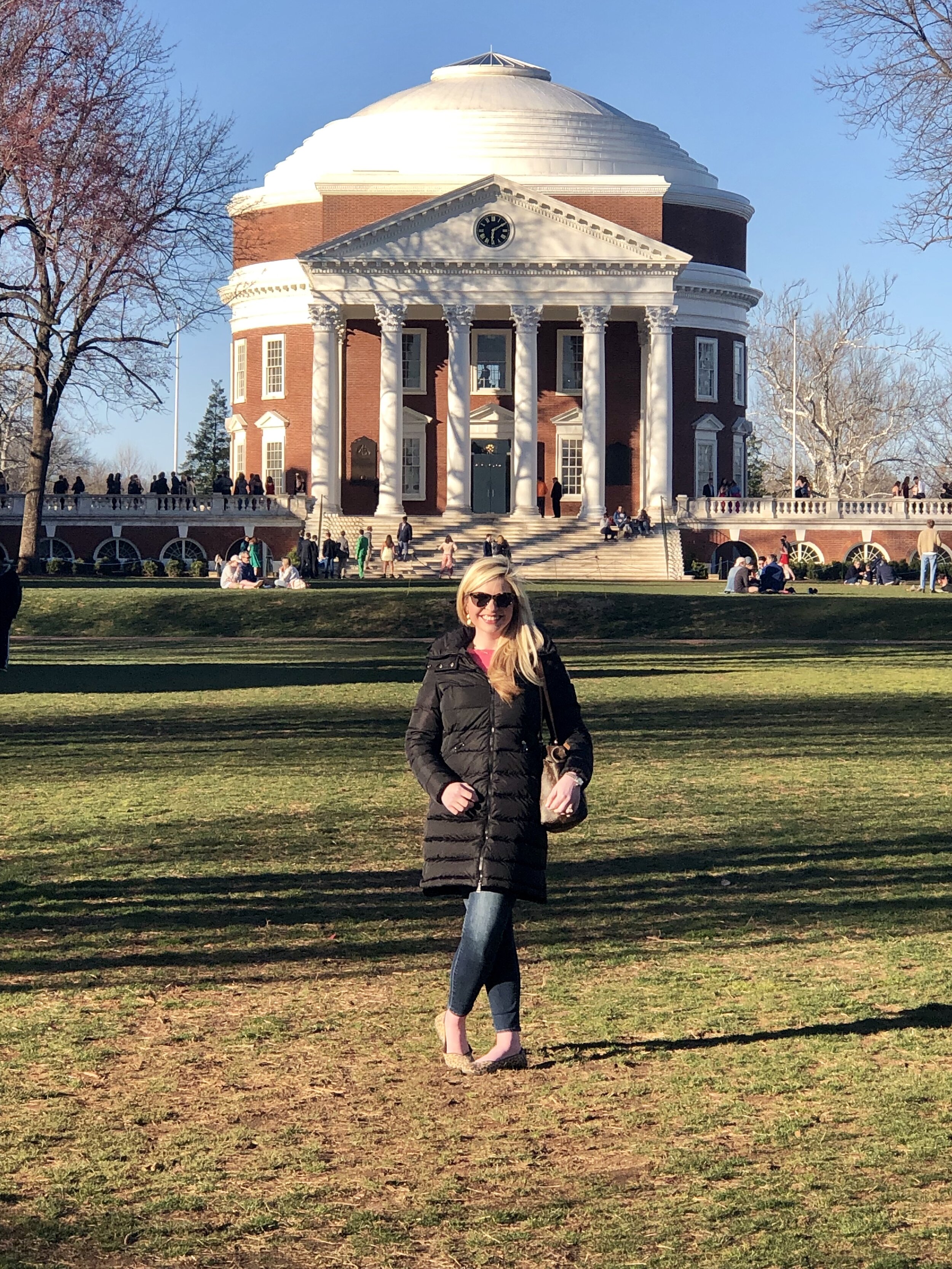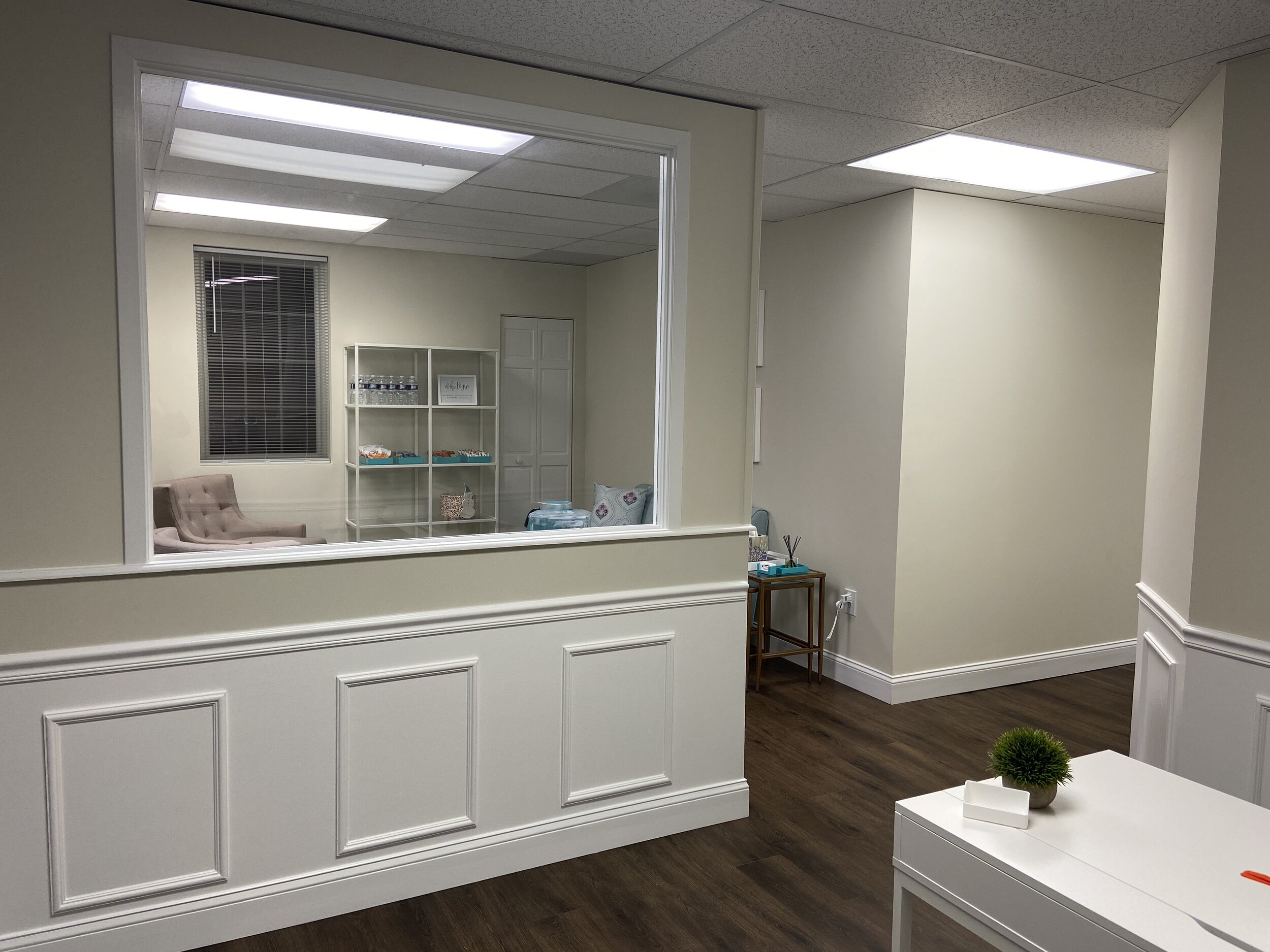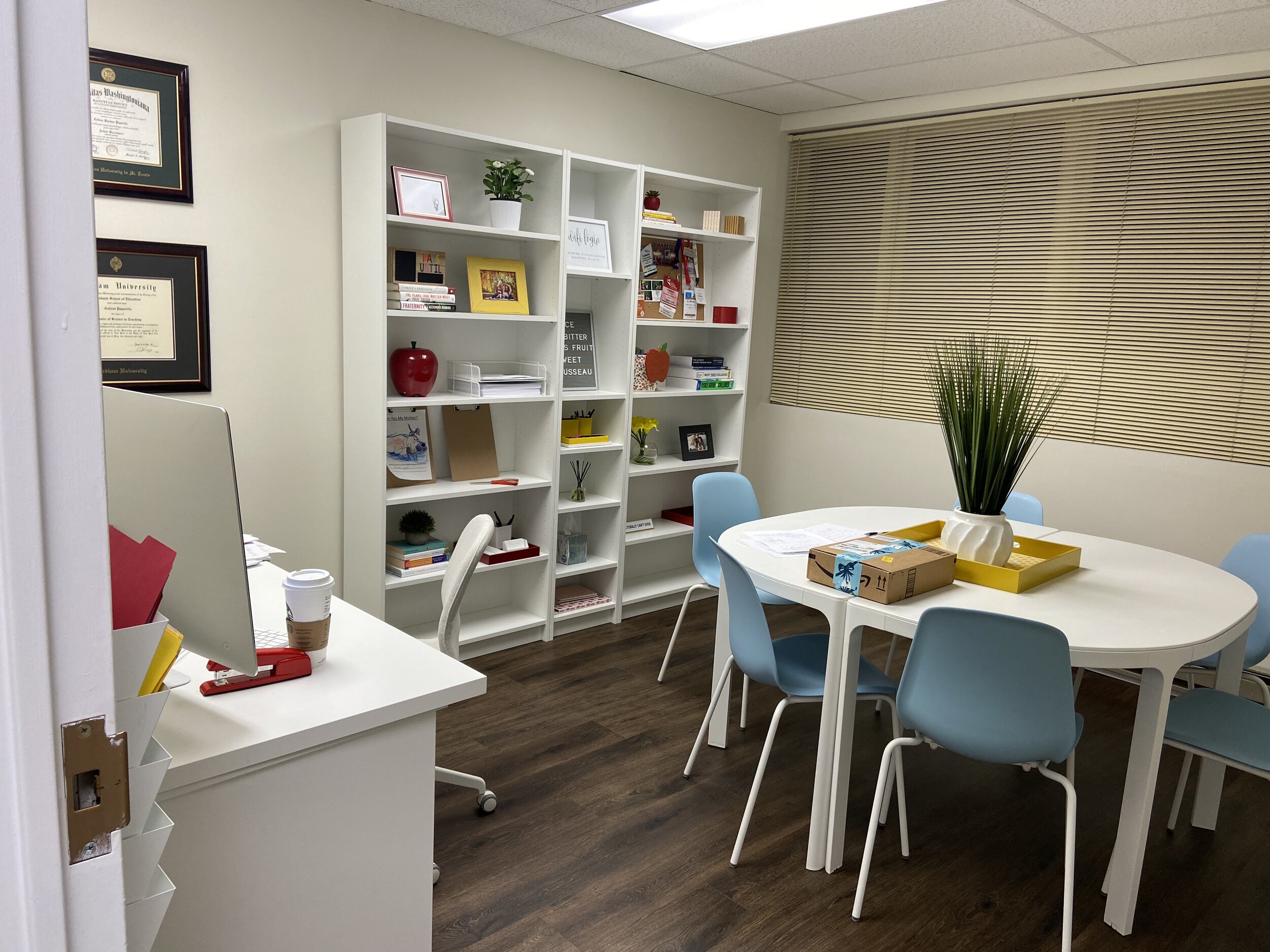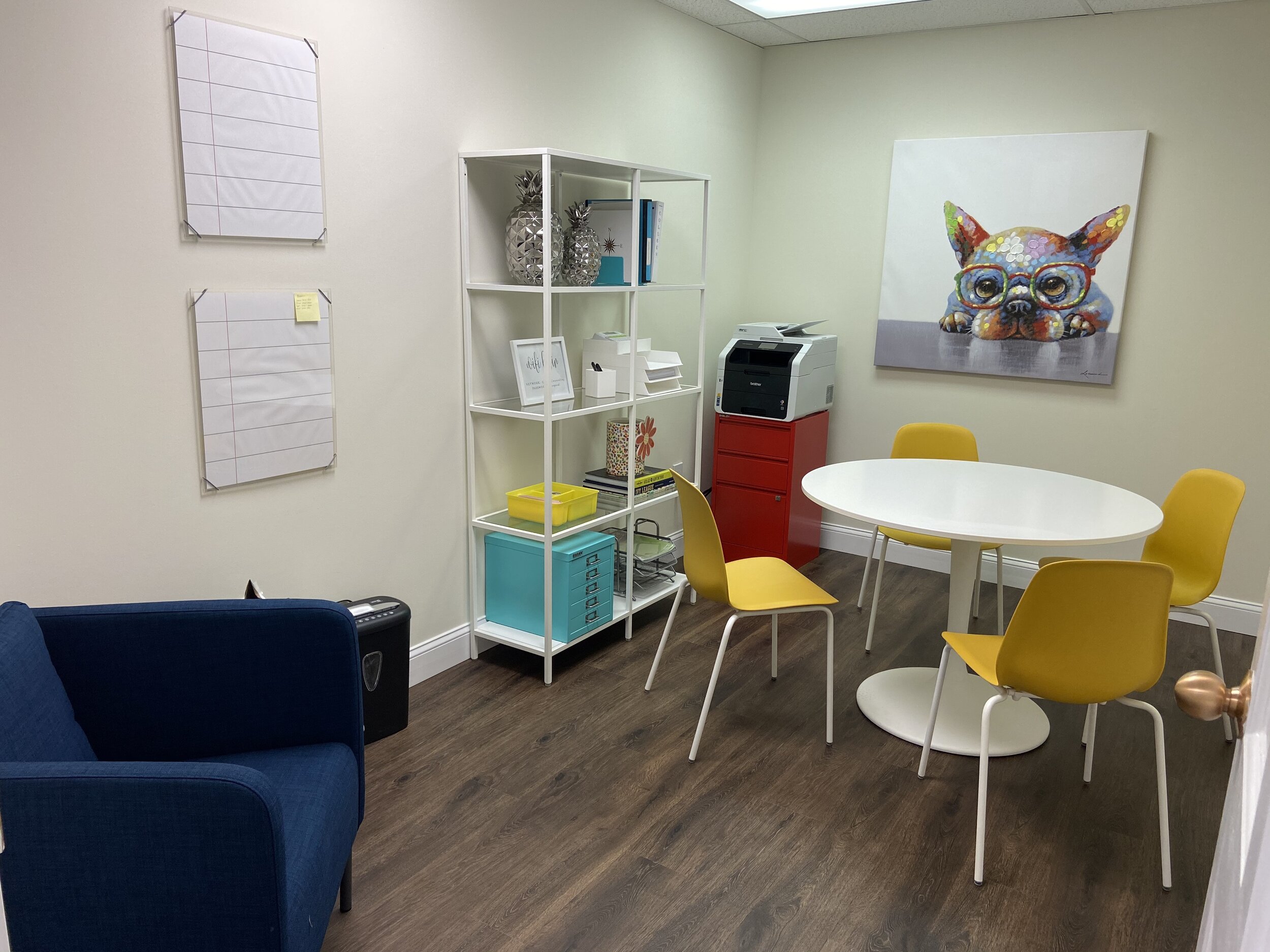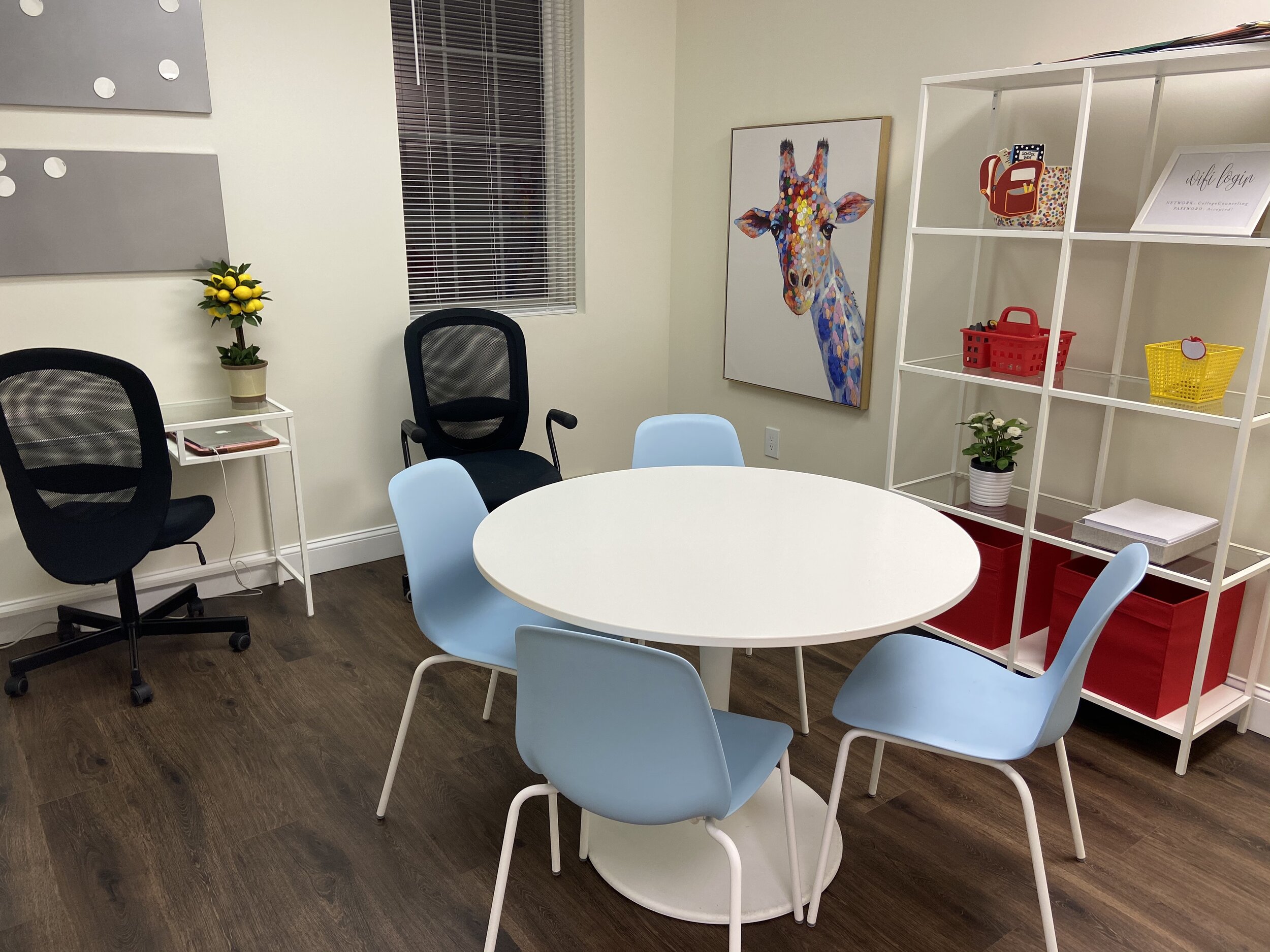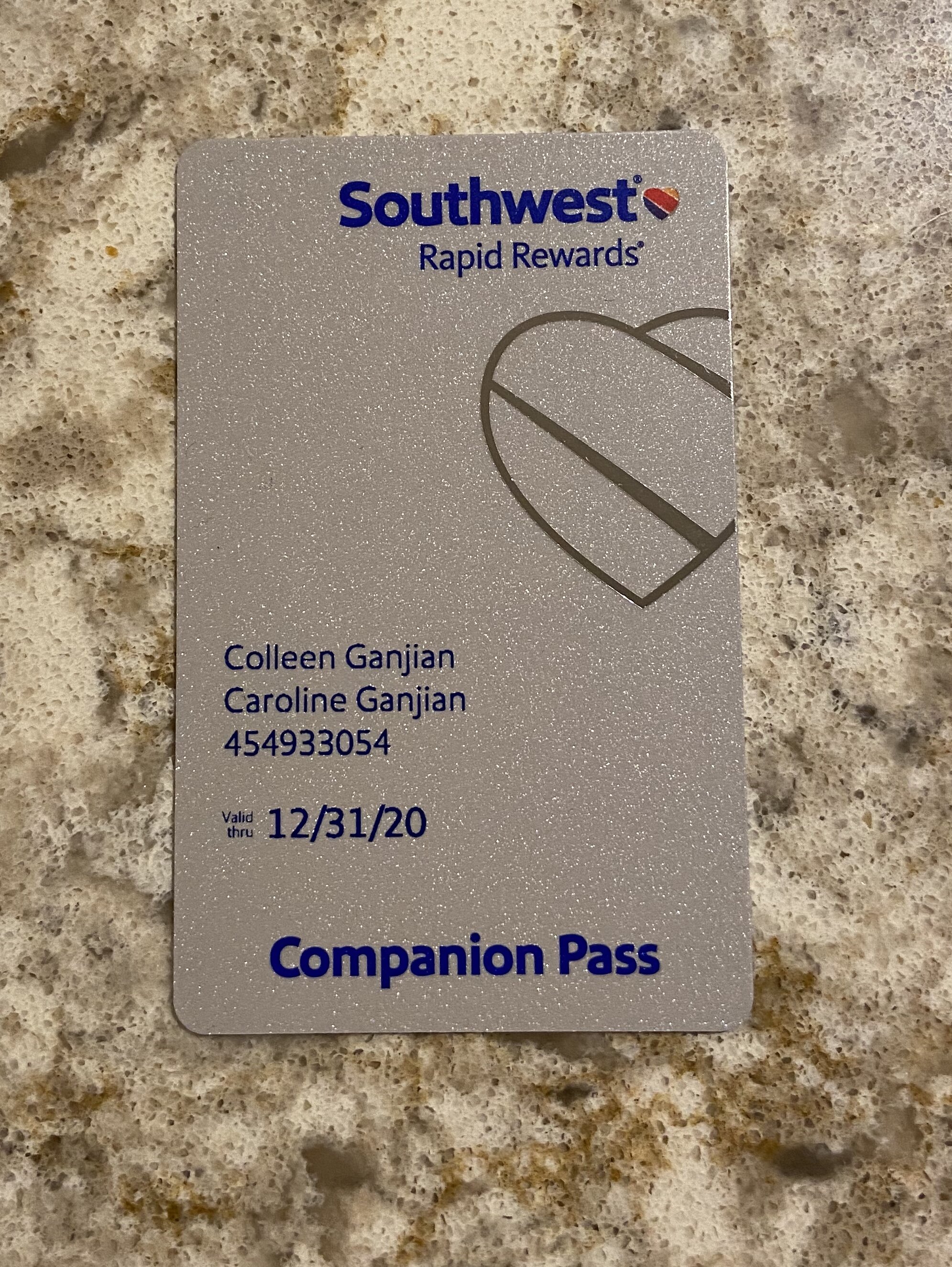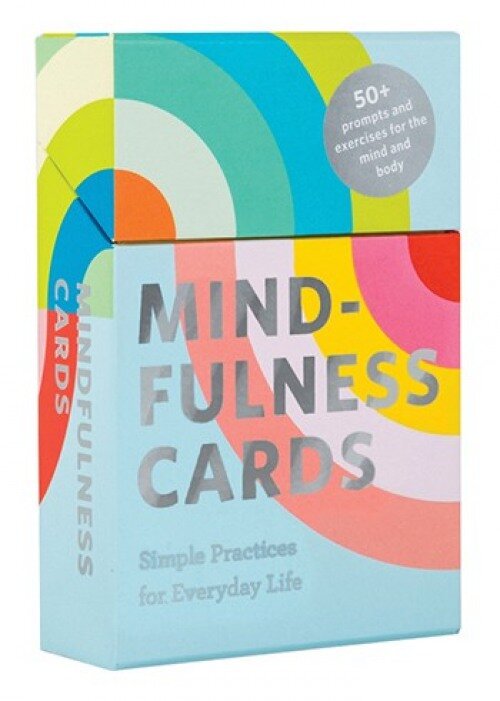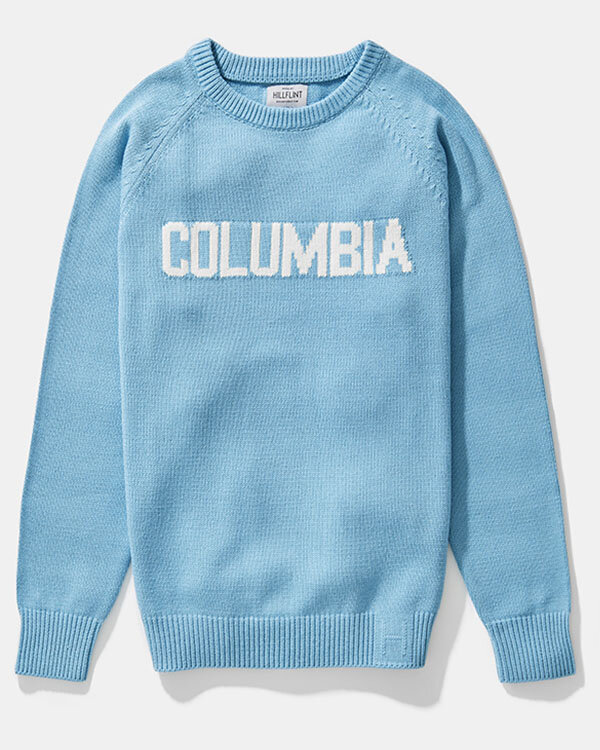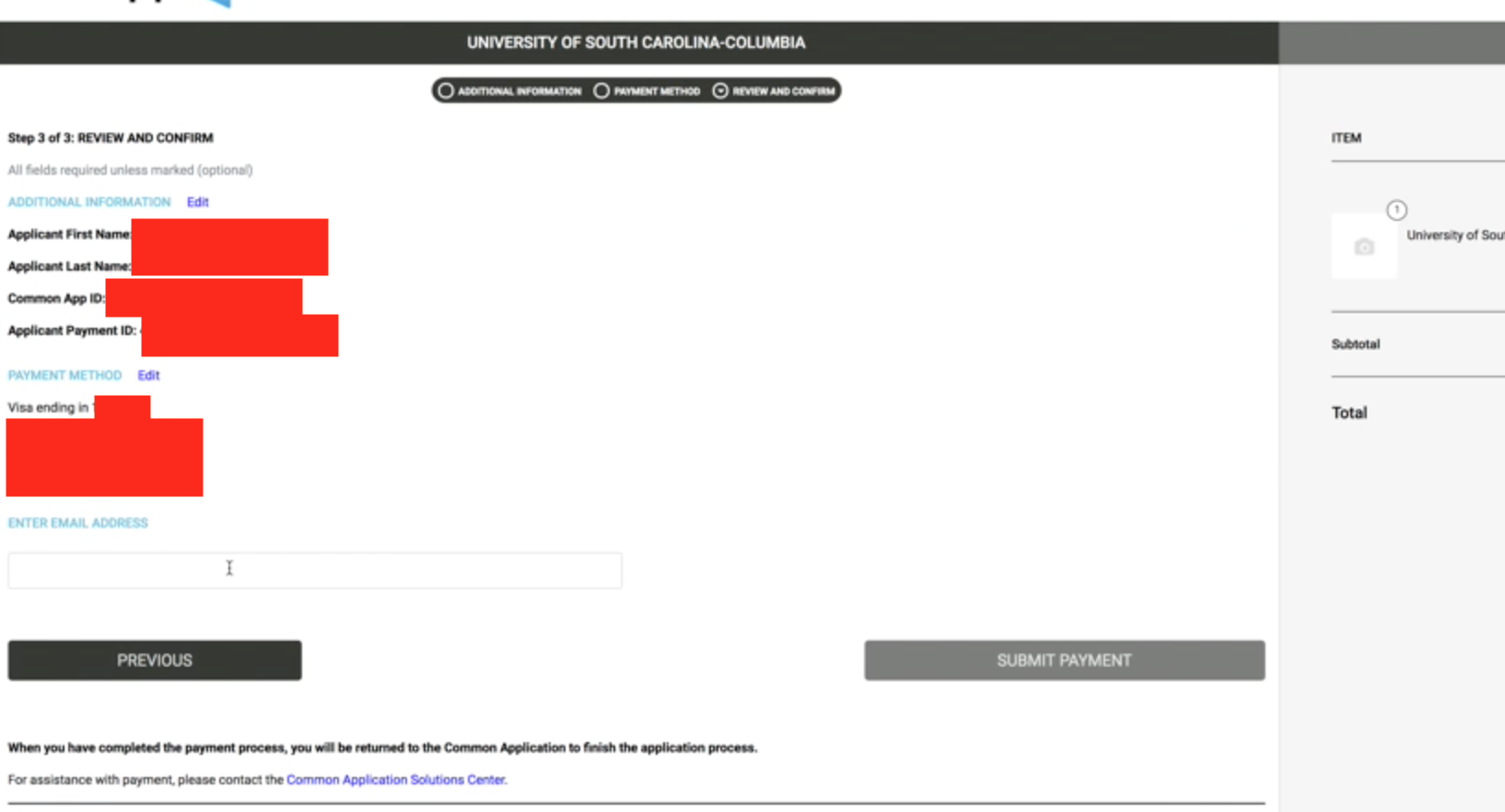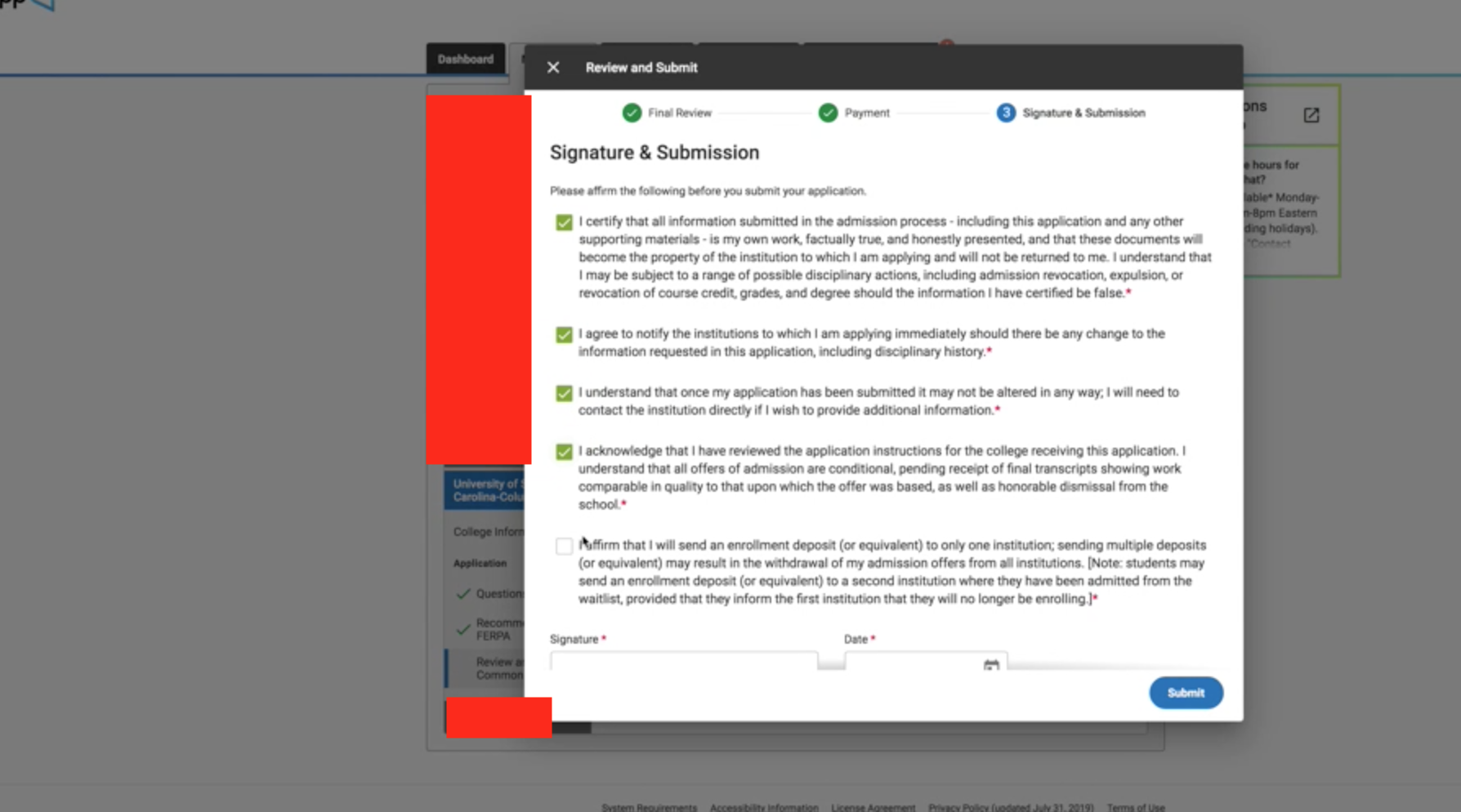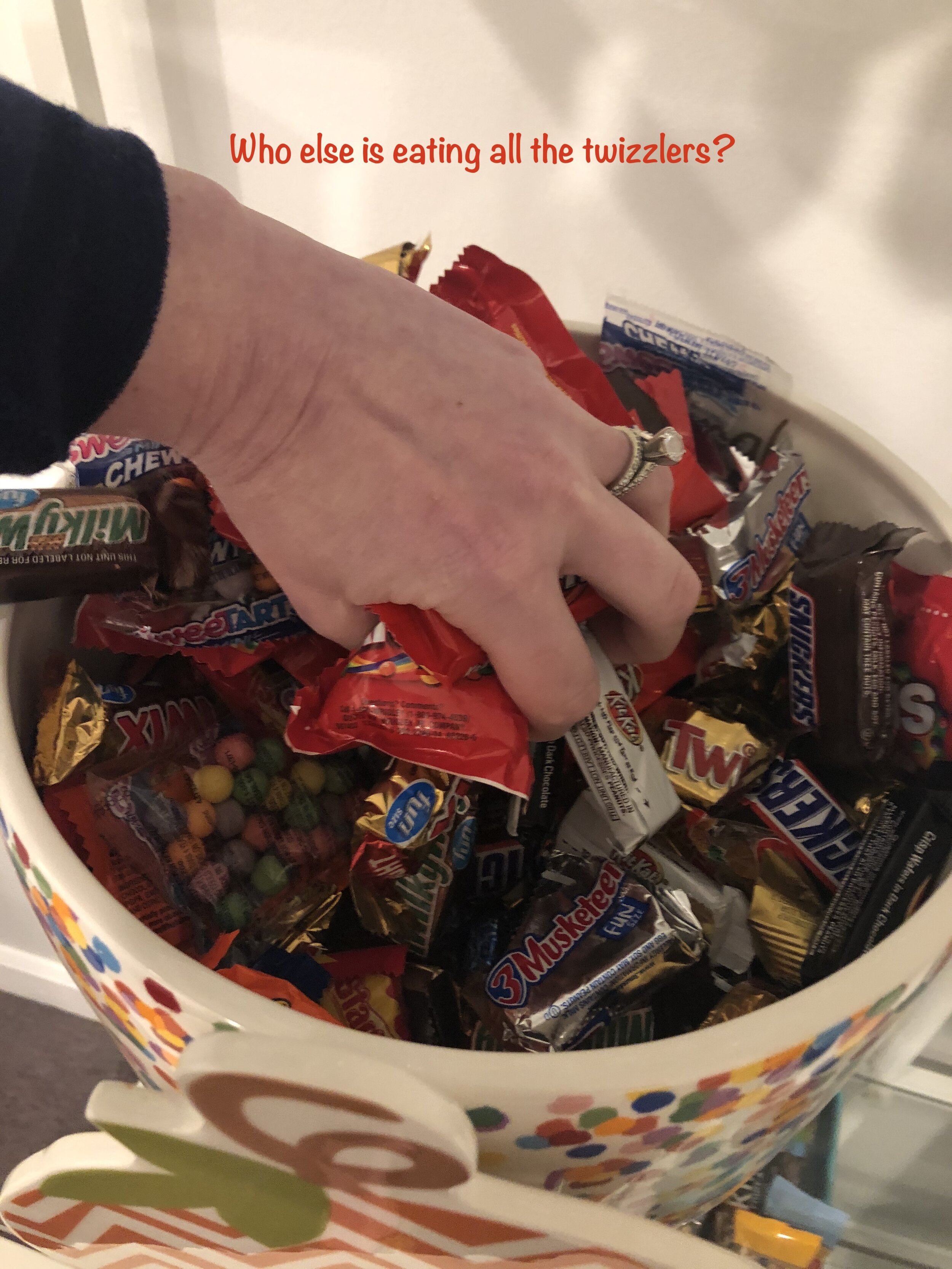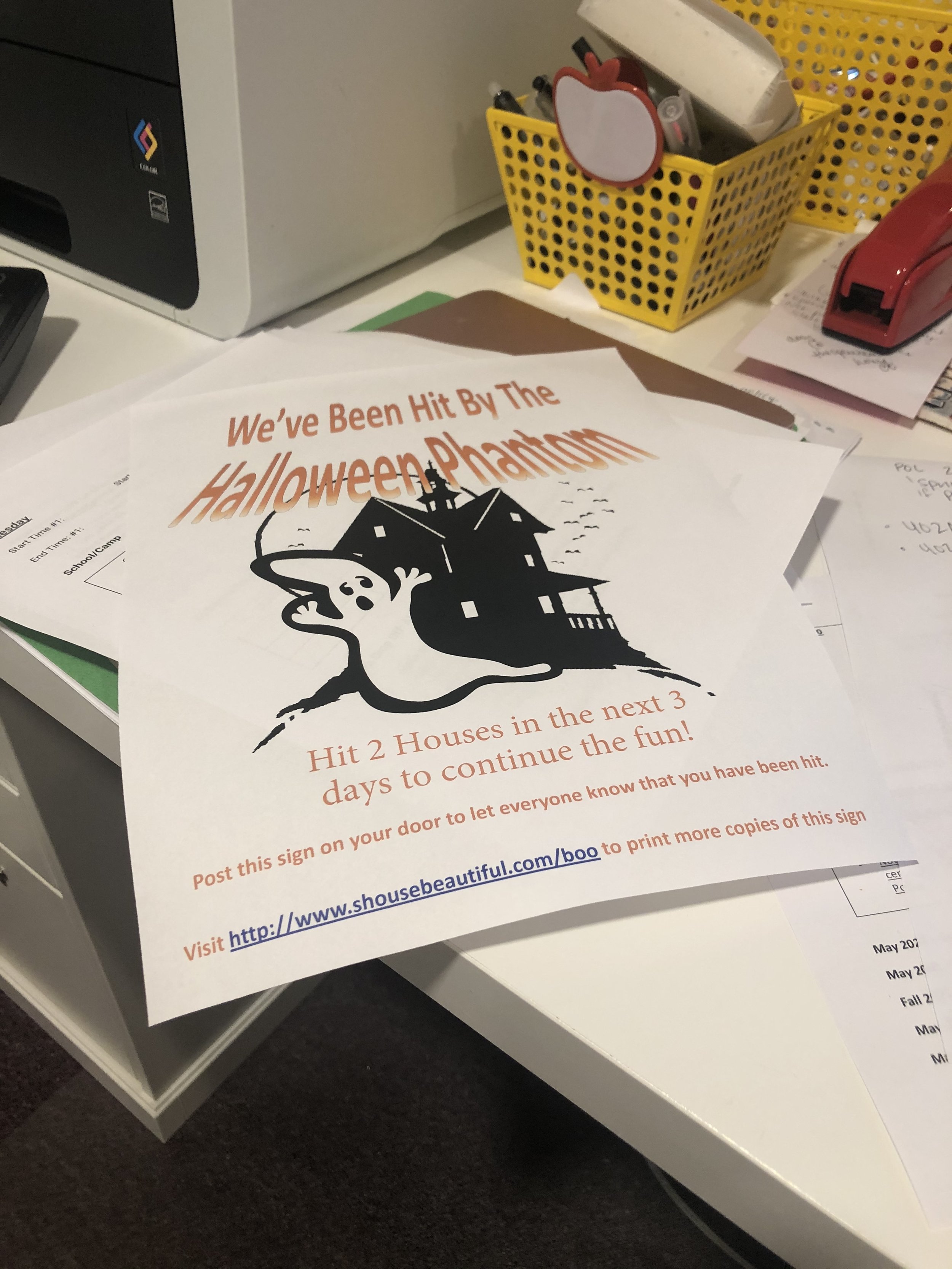2/5/2021 Update: This page is getting a ton of hits with the release of the #UVA25 Early Action decisions this evening. I just wanted to make sure that readers are aware that this was posted last year. Check out today’s blog post for some initial thoughts on the decision release. We’ll have more to come later after we can spend some time with the data!
I originally said that I’d wait to post an overall impression of this year’s early round until I learned all of the EA and ED II decisions. Still not quite there yet (looking at you for EA, Virginia Tech - and while 3 out of our 4 ED II applicants have been accepted to their respective schools (YAY!), we are still waiting on the 4th).
I decided to go ahead and share my interpretations of UVA’s early results, anyway, since we had some uncharted territory this year with the return of ED.
March 2019 - I was (coincidentally) on campus the day after the RD decisions were released!
If you weren’t aware, UVA re-introduced a binding early decision option this cycle to supplement their non-binding early action process, after almost fifteen years with no binding application plan).
Most everyone had no clue what to expect this year as a result. Would it become easier for applicants who were willing to commit? Would it become more difficult for everyone else? We all know that ED makes a huge difference in outcomes for William & Mary applicants (as is typical at most institutions), but UVA staff kept reiterating that this type of situation would not necessarily be the case there.
Well, both the ED and EA results are now in, and here’s what I have to offer after a few hours playing with the numbers:
The number of early decision applicants this year turned out to be quite small. When UVA first decided to stop offering an early decision plan in 2006, they received about 2,500 ED applications each year, representing approximately 15-17% of an overall applicant pool numbering between 14,500-16,000. This year, with the re-introduction of ED, there were only 2,159 ED applications - but the overall applicant pool has steadily increased to one that now exceeds the 40,000 mark. Therefore, the percentage of ED applicants only represented about 5% of the overall pool this year. That’s significant. There are so many explanations for why this could be - perhaps Class of 2021 students had already mentally committed to applying ED elsewhere before the option to apply ED to UVA was announced in the spring of their junior year. Or maybe it’s just that UVA has always been a relatively predictable school in terms of admissions, and qualified applicants didn’t feel like they needed to apply ED to be admitted.
At least when it comes to the limited information we have (i.e. we have no data about the qualifications of the admitted students), it does not appear that in-state students who applied early decision had much of a statistical advantage over the ones who applied early action. The ED acceptance rate for this year’s pool was about 40% for Virginia residents, compared to a 35% (ish) acceptance rate for Virginia residents who applied EA. When you consider that many schools have ED rates that are triple the size of their EA rates, this is really interesting.
On the other hand, there was a very significant advantage for out-of-state students applying early decision. The acceptance rate was about 28% for ED out-of-state students, compared to 15% for EA out-of-state students. Applications to top public universities have skyrocketed in recent years as a result of all of the restrictive and single-choice early action policies, and the landscape has created a situation where it’s nearly impossible for these admissions committees to determine who wants to come and who is actually just mass-applying to all of the top public schools in the United States. This has resulted in what I like to call the “Michigan Effect” - with mass out-of-state deferrals across the board that don’t even really seem to correlate with candidate qualifications. So, the decision to prioritize out-of-state students who apply ED (vs. out-of-state students who apply EA) feels very fair to me.
The EA acceptance rate for in-state students went from 43.4% last year to 35% this year, which represents a 19% drop from year to year (don’t forget that the rate is statewide and is not representative of the Northern Virginia applicant pool - I highly doubt that NOVA students are admitted at a 35% rate). That means that 1 out of every 5 in-state students not admitted early action to UVA this year would have been admitted last year.
But if we compare the total number of applications from last year (RD + EA) to the total number from this year (RD + EA + ED), they are REMARKABLY similar. So even though more kids applied early this year, less applied regular.
Here’s what I think happened this year - I feel like a bit of a conspiracy theorist, but hear me out!
-UVA may have been particularly conservative with their decisions, particularly in the ED pool. At the time the ED decisions were released, the RD deadline hadn’t passed and so much was still unknown in terms of the overall number of applicants. Especially in the wake of the Virginia Tech enrollment debacles of the last several years, I could certainly see UVA deciding that a conservative approach in the face of change would be much better than an over-enrollment situation.
-Perhaps more applicants who might have initially applied RD chose to apply EA instead after ED was added. This makes sense given that some other schools have started to indicate that students need to either apply EA or ED to be competitive applicants when both options are offered; RD has almost turned into an afterthought in those situations. Of course, this is not the case at UVA, but it’s very possible that applicants didn’t realize this. So that would explain why the combination EA/ED numbers were greater than EA alone during the 2018-2019 cycle, while the RD numbers were down.
If I’m right in terms of the intentionally conservative approach, I think that this may extend through RD because the overall yield may be hard to predict. For example, if all the people with UVA as their #1 choice applied ED, the EA/RD pool should have a lower yield since that “#1 choice group” is no longer part of it. But how much lower? It’s so hard to say. Ultimately, I think that since there’s still so much uncertainty, we may see more waitlist movement than in past years.
I can’t help but wonder about two things:
Given that ED acceptances were released before RD applications were due (in other words - the committee had to make the ED decisions when it looked like the total number of applications was trending upwards, before it normalized).. and given that the situation this year was unpredictable for everyone - including the UVA admissions committee - maybe UVA will be a bit more generous in the ED round next year?
Given the same issue, it will be very interesting to see if deferred ED students are admitted this spring at the same rate as the deferred EA students. Or even admitted from the waitlist, for that matter! It would not surprise me if we saw a greater ED advantage emerge down the line, either in RD or from the waitlist.
Only time will tell!
